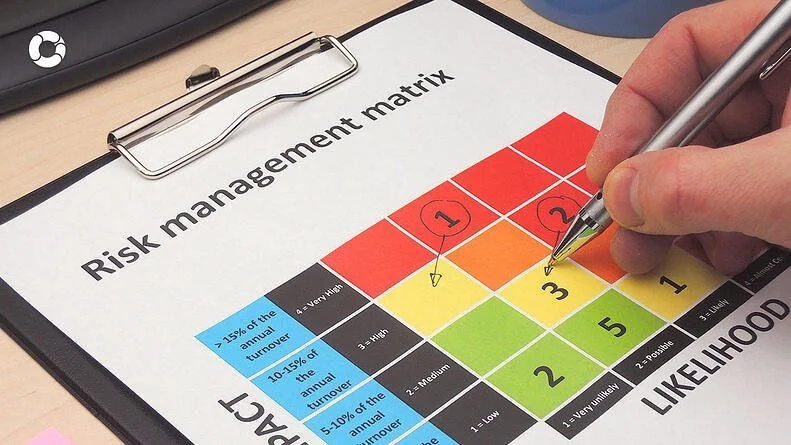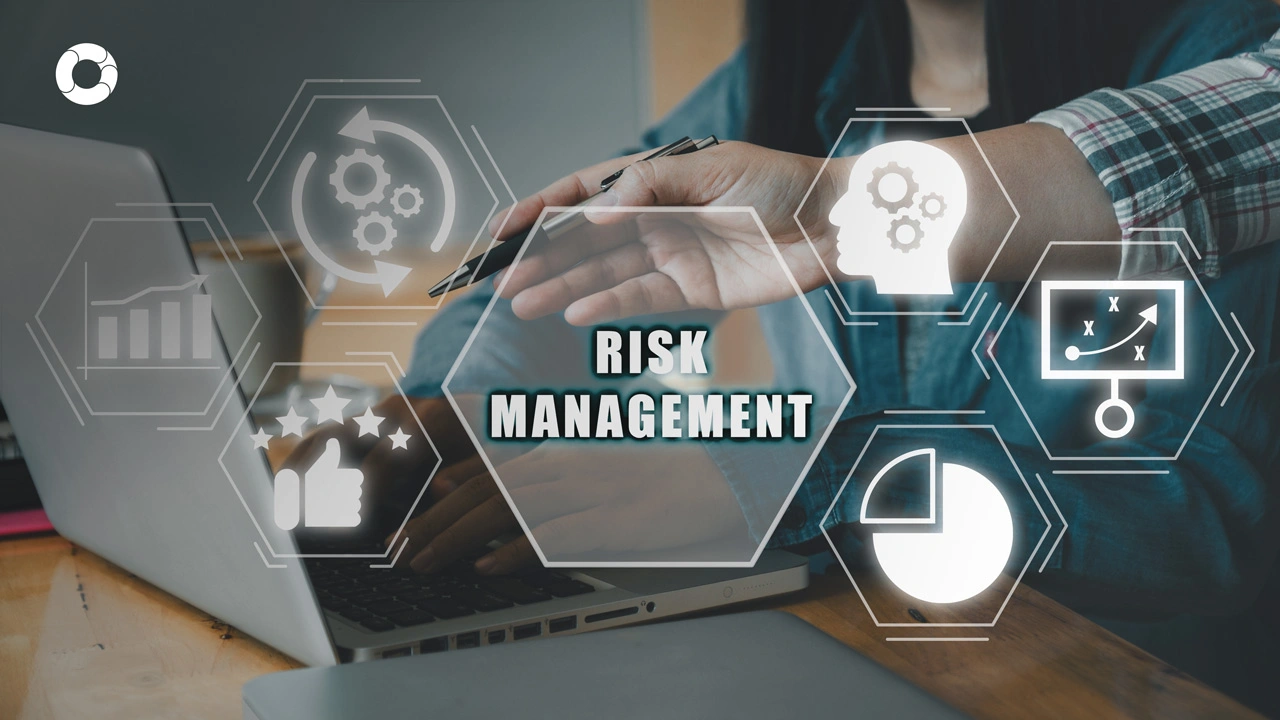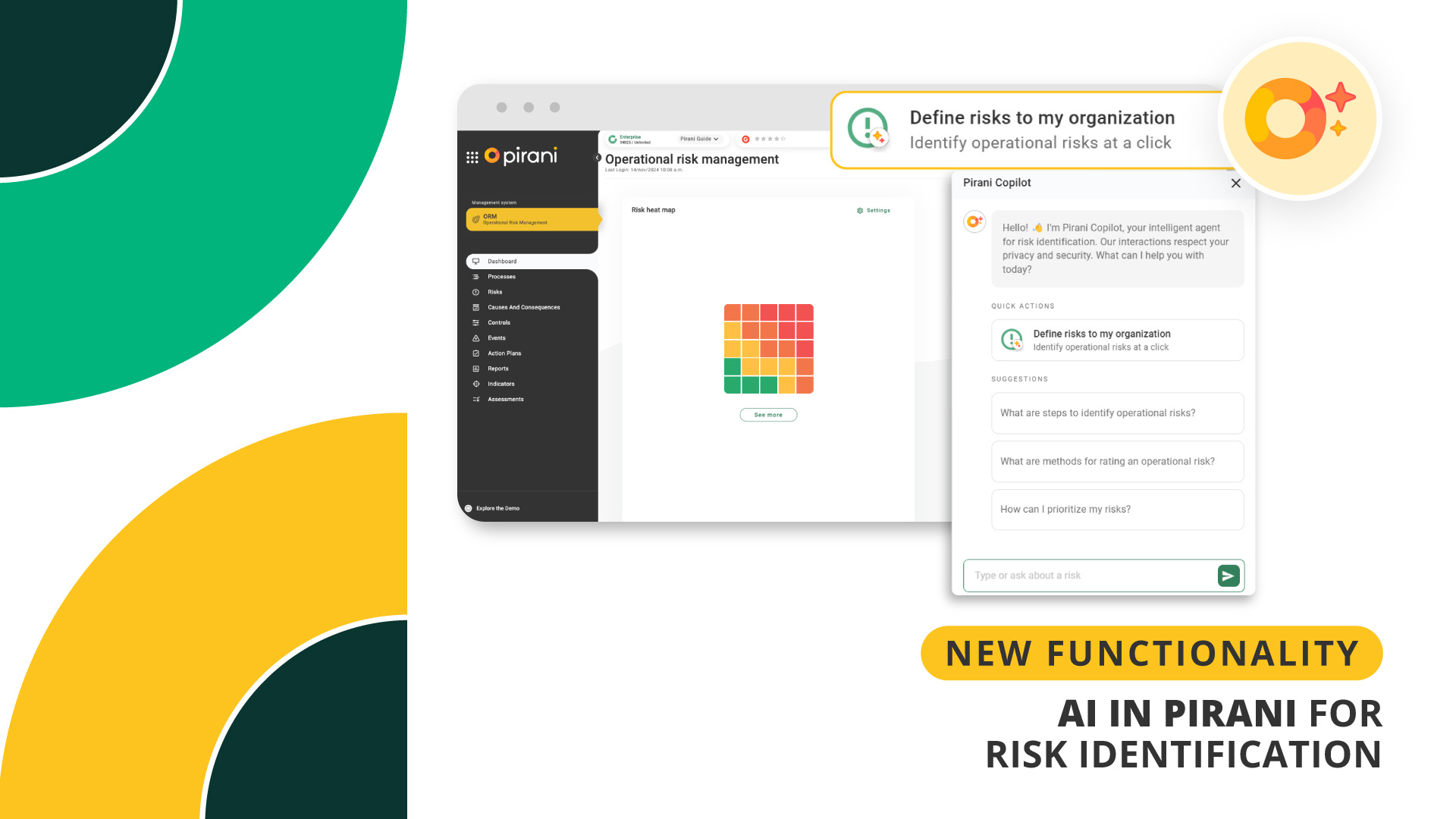3 tools for monitoring unusual transactions

Do you know how to monitor suspicious transactions? In this article we show you 3 tools to do it like an expert.
Monitoring the prevention of money laundering and terrorism financing means monitoring the behavior of a customer's transactions, assessing whether the activity carried out is within expectations or whether there was a significant change in his/her profile.
Whatever tool the institution uses to monitor money laundering, it should generate alerts taking into account the different financial products or services: electronic transfers, checks, money orders, in-kind transactions, loans, insurance, financing, etc.
When identifying unusual transactions, suspicions should be escalated in time by attaching a report of the respective analysis, stating the verification of the origin and destination of the funds.
An unusual transaction report should include the following aspects:
- Explanation of the warning signs identified
- Additional information enabling the identification of the destination of the funds
- Receipts allowing the recognition of the financial transactions reported
- Provide elements of the “Know Your Customer”process that help determine the customer's financial behavior.
Tools for Monitoring Unusual Transactions
There are currently different tools for monitoring suspicious transactions related to money laundering and terrorism financing. These tools can be divided into three categories: IT, manuals and lists of names.
IT Systems for Monitoring Unusual Transactions
Some institutions use IT systems to monitor transactions. Cloud software or programs make it easier to monitor transactions and detect those that are not consistent with a specific pattern of behavior.
The most common parameter in these systems is the comparison between pre-established limits and bank transactions. When an inconsistency in parameters is found, the system sends an alert to the risk managers to analyze the case and so that the suspicious activity, if verified, is reported to the competent authorities.
Main criteria used by the system:
- Customers' income and assets inconsistent with the transactions usually carried out.
- Increase in the number of transactions performed by the customer within a given period.
- Contracting new products and services that do not match the customer's profile.
- Frequent changes in customer registration data.
- Transactions in kind above a certain value.
- Exceedance of granted limits.
- Recurrence of alerts due to atypical transactions.
- Complaints recorded in the internal system.
- Large volume of transfers to third parties.
- Many small value transactions.
- Unused funds in current account.
Manual Monitoring of Transactions
Although the performance of computer analysis on unusual transactions is the ideal scenario, not all financial entities use software to monitor transactions; some do so manually.
The results of manual monitoring should be recorded in a report verified by the compliance area of the institution. This monitoring is normally carried out by filling out forms, and via committees, meetings, e-mails or any other means that formalizes the control of the transactions, as well as the monitoring of unusual transactions.
Reports explaining the transactions carried out by customers are also analyzed, generally using filters to detect unconventional transactions. This methodology is most commonly used by institutions that do not have a large volume of transactions, have few products or low-complexity transactions.
Lists of Suspicious Names
There are restrictive lists of persons wanted by the international police for involvement in terrorism or money laundering crimes. Even some credit protection services offer a list of politically exposed persons.
These lists include the names of natural persons (suspects, accused, convicted or fugitives from justice) and legal persons, countries, governments and officials, criminal organizations, terrorists, traffickers or persons subject to a commercial or economic embargo.
The consultation of these restrictive lists prevents financial institutions from establishing any business relationship with suspicious companies or persons.
As a good practice for preventing and combating money laundering, financial institutions should define procedures for verifying all available lists, describing the internal responsibility for verification and control, the system used, the actions that will be implemented after identifying the names of suspicious persons or entities and the period during which supporting documentation will be kept.
Although there may be more tools to monitor unusual transactions, doing so with risk management software such as Pirani will allow you to more easily identify, measure, control and monitor suspicious transactions to prevent their materialization or mitigate their impact should they occur.
If you found this information useful, we invite you to download our free Money laundering and terrorism financing prevention manual to learn more about the unusual transactions.
You May Also Like
These Related Stories

5 tools to identify risks in a company

Risk management for software projects

Main types of risk that can affect a company

3 tips to identify risks

Mastering KRIs: Unlock Risk Management Success



Comments (1)